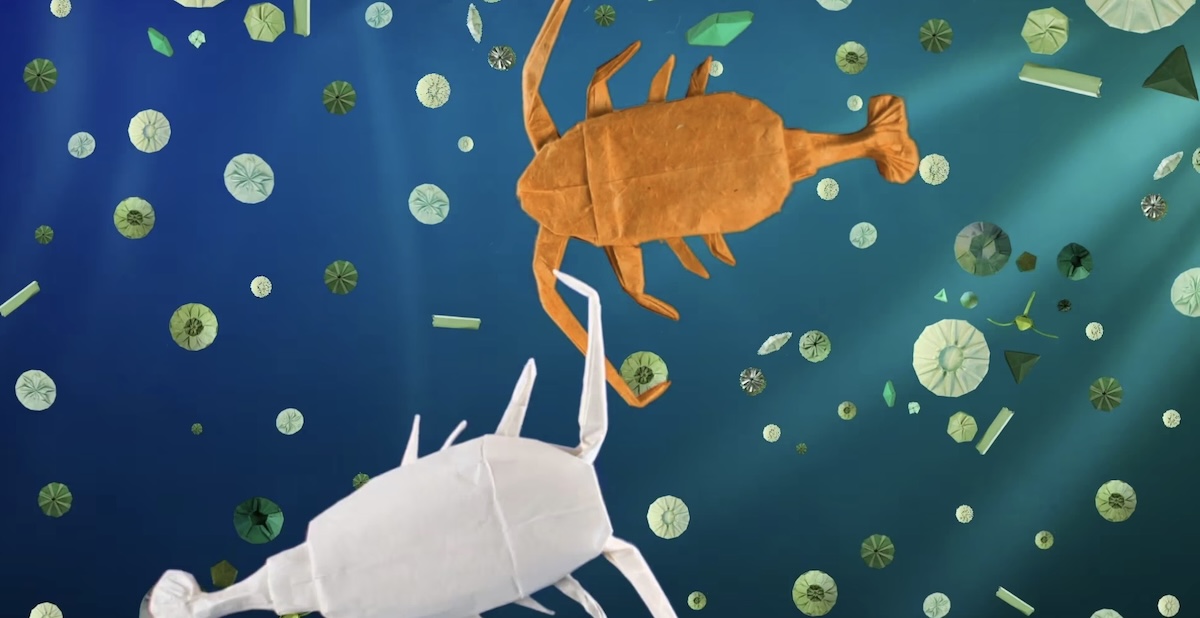Museum of Microalgae, 2024
Neil, Sylvia, and Elliot (Strathclyde Uni) brought a table of diatoms to a pop-up Museum of Microalgae in the Glasgow Botanic Gardens, along with algal evangelist Eric Bear and a crew from the SAMS Culture Collection of Algae and Protozoa in Oban. Amazing turnout for a rainy Friday in November, and there were algae-based energy … Read more







